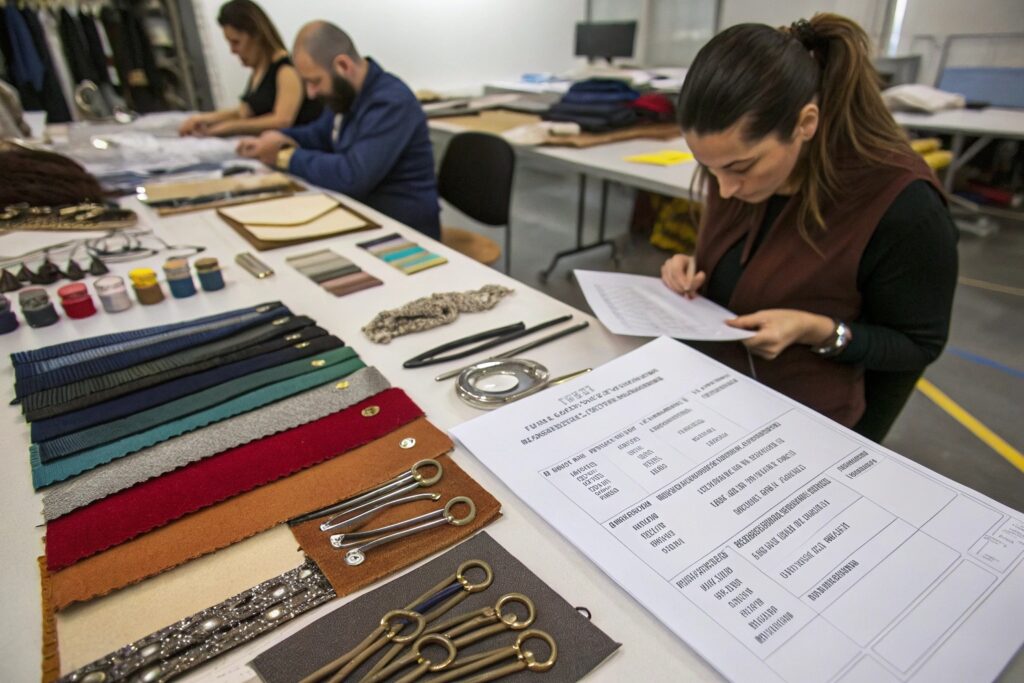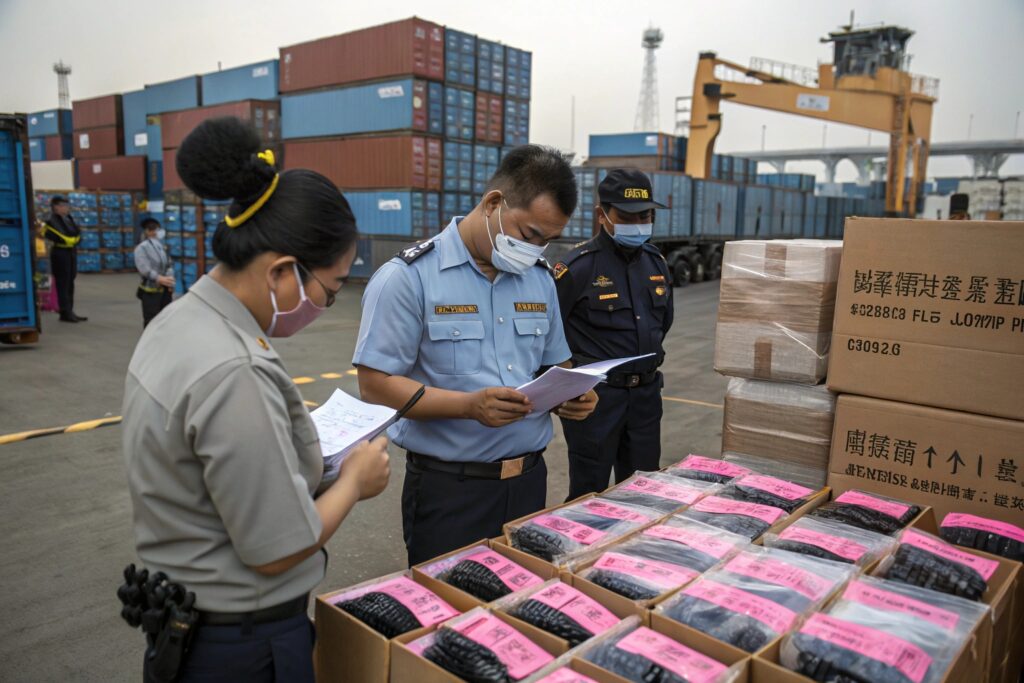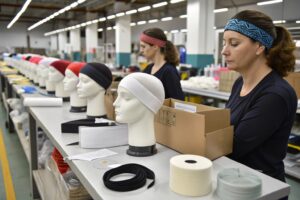Hair product imports often face delays, fines, or rejections due to incorrect customs classification. If you're an overseas buyer, navigating complex HS codes and product declarations can be overwhelming—especially when working across borders with tight schedules.
Hair accessory manufacturers like us play a crucial role in ensuring your products are classified correctly and pass smoothly through customs, saving you time, money, and stress.
We’ve spent years mastering the art of compliance, from knowing the right HS codes to preparing the documents needed for seamless cross-border movement. In this article, I’ll break down how we, as your hair accessory supplier, can help with customs classification and why that’s critical to your success.
What Is the HS Code for Hair Accessories?
One of the first steps in clearing customs is assigning your hair products the right Harmonized System (HS) code. This code determines duties, taxes, and import/export requirements.

Why Is HS Code Accuracy Important?
Incorrect HS codes can lead to overpaid duties, shipment delays, or even seizures by customs. For example, mistaking a plastic hair clip for a textile accessory may alter the applicable tax rate significantly. We help clients avoid such risks by matching product details to the correct World Customs Organization (WCO) guidelines and local import rules.
How Can a Manufacturer Assist with Classification?
As a factory, we provide clients with HS code suggestions based on our product's material composition, structure, and intended use. We consult tools like the HTS Search Tool for U.S. buyers, and we often submit samples and mock declarations in advance to validate the classification.
What Information Do You Need to Classify Hair Products?
To classify hair accessories accurately, customs authorities and brokers need specific product information.

What Product Details Matter Most?
The key data points include material (plastic, metal, textile), function (decorative, practical), and packaging type. For example, a satin scrunchie and a velvet headband may fall under different codes due to textile type. We create detailed product datasheets that customs agents can reference directly.
Do You Provide Product Descriptions and Samples?
Yes. We prepare precise product descriptions using standard customs terminology. If needed, we also supply labeled samples with declared components and manufacturing process details. These proactive measures help clients breeze through customs audits and verifications, especially when dealing with multi-style shipments. More guidance is available from the U.S. Customs and Border Protection (CBP).
How Can We Avoid Delays and Penalties During Clearance?
Incorrect classification often leads to delayed or rejected shipments, creating costly problems for buyers. But manufacturers like us can prepare everything in advance to prevent that.

What Are Common Mistakes to Avoid?
Many importers use generic codes or forget to declare composite materials. For instance, a claw clip with rubber inserts might require a mixed-material code. We catch these errors early by offering classification previews and country-specific regulation checks based on Trade Map data and client destination rules.
How Can Our Factory Help You Prepare?
Our team prepares shipping documents such as commercial invoices, packing lists, and customs declarations, each tailored to destination requirements. For EU or U.S. markets, we include special clauses or item breakdowns as needed. We even track customs changes across multiple regions with the help of resources like EU TARIC.
Can Manufacturers Handle Customs Communication Directly?
One of the biggest advantages of working with an experienced manufacturer is that we can directly liaise with customs brokers and freight forwarders on your behalf.

What Services Can We Offer?
We talk directly to customs officers or freight agents to resolve classification issues or discrepancies. When a buyer is unavailable or uncertain, our documents and team can fill in the gaps, based on pre-agreed SOPs and product references. We also store historical data of each client's past declarations to keep future ones aligned. This minimizes risks and surprises during clearance.
Do You Work with DDP and Third-Party Agents?
Absolutely. We partner with forwarders offering DDP shipping (Delivered Duty Paid), where we handle duties and taxes for you. If you have third-party agents, we coordinate with them on HS code updates, declarations, and submission formats. This keeps the customs process seamless even when multiple partners are involved.
Conclusion
Accurate customs classification isn’t just a formality—it’s the backbone of smooth international trade. As a seasoned manufacturer of fashion hair accessories, we’ve supported hundreds of buyers by eliminating the guesswork from HS codes and declarations. From preparing compliant documentation to coordinating directly with customs, we simplify the path for your hair accessories to reach global markets.









